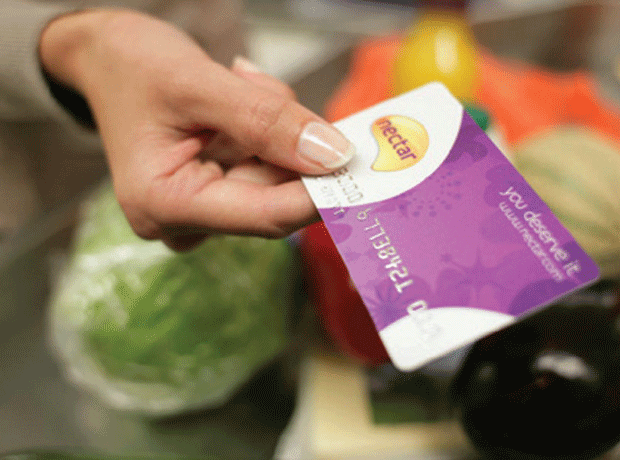
As the Grocer went to press last week, Sainsbury’s announced it would be trialling an overhaul of its Nectar loyalty system.
The scheme, bought by Sainsbury’s on 1 February from Aimia, could undergo a major revamp depending on the outcome of a trial it began on the Isle of Wight on 12 April. The pilot will test whether an app-based, digitally led system, which will no longer allow members to earn points on each pound they spend, but only on specific items they select for themselves, will be Sainsbury’s’ best bet for maintaining customer loyalty.
“By tapping into the ‘membership economy’ and providing personalised rewards, shoppers will feel intimately valued,” says Rob Meakin, MD of loyalty solutions provider Loyalty Pro. “By offering personal deals, retailers can show they value the customer and build an ongoing relationship that drives spend throughout the year.”
The revamp may have been on the cards since Sainsbury’s’ acquisition of Nectar, which set it back £60m. Bryan Roberts, global insights director at retail marketing firm Tcc Global, says he “has a sense” the change predates the acquisition because of the current customer thirst for personalised loyalty schemes.
Customers taking part in the Isle of Wight trial will have the opportunity to create their own unique offers from a list based on the products they buy most often online or via the Nectar app. Points will be earned on these offers and their loyalty to Sainsbury’s, as opposed to total spend.
With personalisation at the forefront, Sainsbury’s made the changes in response to customer feedback - a motive also cited by Waitrose when it ended the Pick Your Own Offers element of its myWaitrose loyalty scheme. Pick Your Own Offers ended following poor feedback from customers in February, with some saying the system, which gave myWaitrose members 20% off 10 chosen products, was too difficult to understand, according to Waitrose.
The downfall of Pick Your Own Offers arose, according to Roberts, because of its lack of app use. Customers were tasked with choosing their favourite products on the Waitrose website and remembering each product while shopping in store. “It wasn’t executed well. If it had been app-based, it would have been a lot easier to use and less of a memory test,” he said.
Meakin added that loyalty schemes should reflect retailers’ desire to know their most loyal customers on a personal basis by making them feel appreciated and giving them a personal service. He said: “Ideally, Sainsbury’s… would know all of their customers’ names and ask about their family in the same way a corner shop owner can. Clearly that’s not something the supermarket can deliver, so using technology to show appreciation for what they buy is a small but deliverable step in that direction.”
Arguably, technology-heavy loyalty schemes could disengage shoppers who are not tech-savvy. Roberts emphasises, however, that it’s not necessarily clear who these people are. “There isn’t really an age gap when it comes to reluctance to use technology as part of loyalty schemes,” he said. “Some 60- or 70-year-olds are very tech-savvy, whereas some younger consumers have apps sitting on their phones they don’t use, while others have strong concerns about data privacy and protection.”
Getting the balance right between rewarding loyal customers and enticing potential ones can be tricky for retailers. By conducting this trial, Sainsbury’s is shifting the majority of its focus on to its long-standing and frequent customers, no matter the amount they spend. Roberts believes other supermarkets should take note of this move. “There’s a degree of disenchantment with a lot of loyalty schemes because consumers are noticing that the most loyal customers to stores aren’t rewarded ahead of occasional shoppers,” he said. “The objective of shops’ loyalty schemes should be thanking their most loyal customers, and doing [so] will turn the heads of new and potential customers.”
Sainsbury’s is unlikely to be running this trial as a money-saving measure because of the complexity the changes will add to Nectar’s operational side. According to Meakin, the revamp could mean Sainsbury’s ends up forking out more to reflect its appreciation for loyal customers. For instance, a customer who has been shopping at Sainsbury’s for decades could receive more rewards than they did through the old Nectar system purely because of the length of custom.
Roberts agrees that this will help ensure the current customer base feels rewarded and appreciated while attracting the attention of probable custom in tandem. “Using the frequency of shops to reward customers will be beneficial for Sainsbury’s because it will encourage more future loyalty,” he said.




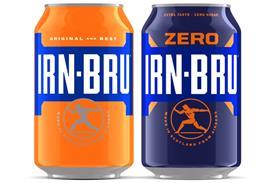


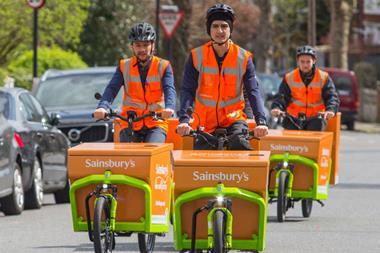

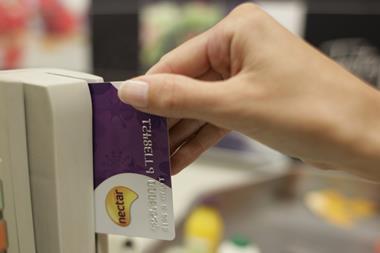
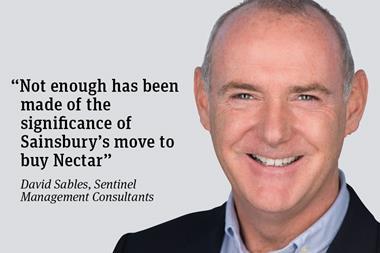
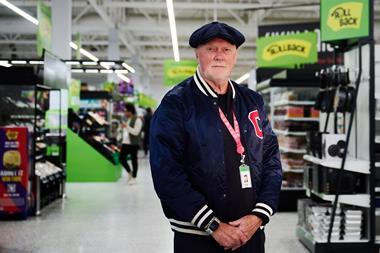






No comments yet